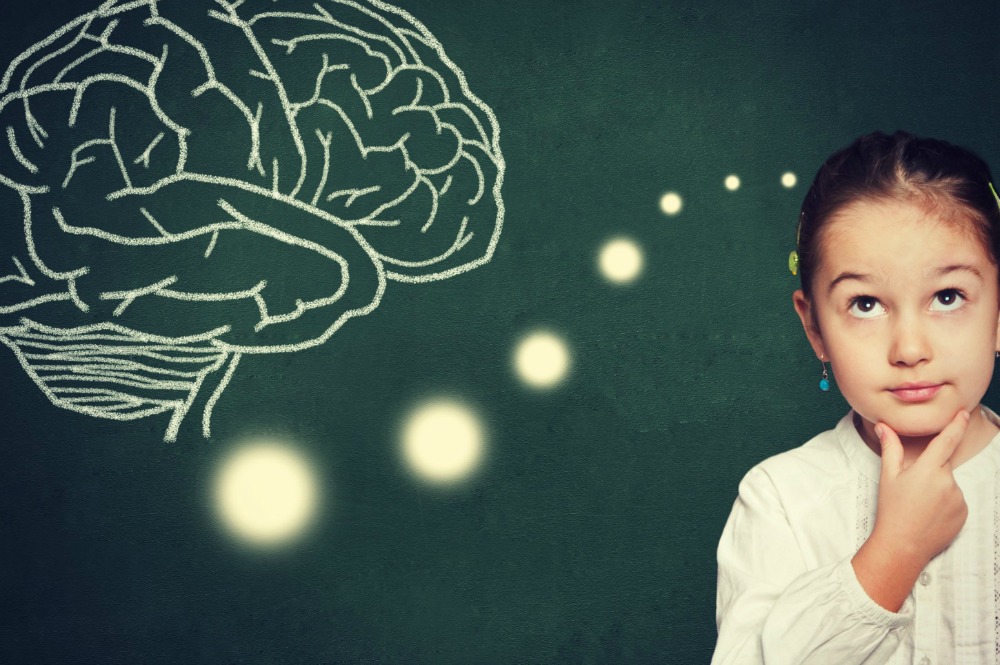Teaching different subjects to students requires flexibility and creativity. Recognition that individual learners differ, sometimes dramatically, is a fundamental concept of instruction. The idea that different learning styles such as audible learners, visual learners or tactile learners are dominant has been all but abandoned.

The tools employed by teachers frequently vary widely in how the deliver content to students. Finding things like custom kits for science curriculum or computer-based mathematical modeling software represent skills that today’s teachers need to have.
One way to understand how students learn is by examining the neuroscience of how information is acquired and retained. Optimal learning requires something called neuroplasticity which, in turn, is affected by stress and the engagement of different brain regions.
Neuroplasticity
The notion that humans begin life with a certain number of nerve cells and are unable to grow new ones has been debunked. Neuroscientists now know that neurogenesis, forming new brain cells, does occur. Furthermore, changes in neural networks of nerve cells are constantly happening. Collectively these represent the concept of neuroplasticity.
Stress and Learning
Studies have revealed an interesting relationship between stress and learning. Contrary to conventional wisdom, a certain level of stress supports learning. Measuring stress level is complex but one indicator is the presence of the hormone cortisol. It seems that levels of this chemical equivalent to moderate stress are most conducive to learning.
Brain Region Engagement
Learning is about acquiring and retaining information in the brain. This complex organ is divided into regions that each play a role in learning. Emerging evidence suggests that optimal learning engages multiple brain regions. The hippocampus is strongly linked to understanding and memory while our reasoning and analyzing abilities reside in the cortical regions like the neocortex. Involving these and other brain regions during learning affects more neural pathways and increases the likelihood of truly grasping and being able to recall concepts.
Human abilities to acquire complex concepts and transfer that knowledge from generation to generation allows for progress. Science is continually giving us a better picture of how that is best accomplished. Employing these techniques effectively will support our long-term success as a species.